
A 'Virtual Panel' Webinar by #DesignPopUp The Future of Workplace Design
The Future of Workplace Design: Reimagining the Office in a Post-Pandemic World
On 23rd February, #DesignPopUp facilitated another excellent webinar, this time looking at the impact of COVID-19 on the future of workplace design.
The discussion centred around the idea that the pandemic has not just challenged but fundamentally changed the long-held assumption that businesses require traditional office space for their workforce. The panel discussed what the future role of a central office could look like, exploring possibilities for architects and designers to help future-proof new workspace design and ensure offices do not become altogether redundant, along with the vital role design innovation and technology will play.

On the panel
Hazel Pearson – Director, Michael Laird Architects (top left)
Peter Kerr – Director, Atelier Ten (top right)
Michael Gallacher – Construction Director, Abstract Securities (bottom left)
“Everyone’s circumstances are different, and just because you may have the space at home doesn’t mean it’s necessarily the right environment for you.
Twelve months down the line, it’s the freedom of choice that people crave. Being forced either to work from an office or home is far from ideal. Having the flexibility and freedom to choose the best environment is the optimum solution.”
– Michael Gallacher
Freedom of choice is key
In March 2020, most UK workplaces closed their doors and workers were forced to adopt new or unfamiliar technologies to facilitate remote working. At the time, few people realised that this would be a long-term situation, and reactions have therefore varied over time.
The acceleration of home working has thrown up questions in every industry about traditional workspaces and requirements, forcing businesses to look closely at how workers spend their time most effectively, and to what ends. The unexpected working-from-home revolution has challenged the traditional idea that companies need dedicated workspaces for teams to be productive – and whether they need those workspaces at all.
“For years, we’ve been talking about the idea of work-life balance, but it’s worth remembering that everyone views their work differently so that balance will vary for every person.” Michael Gallacher.
However, as home working has continued, more drawbacks are emerging. The panel noted a significant strain on people’s mental health and wellbeing from being disconnected from organisational culture and face-to-face contact, while productivity and performance are also showing signs of falling away after the initial enthusiasm has waned, as referenced by Peter. Burnout and exhaustion are on the rise, as boundaries between work & home life blur.
As humans, we are, for the most part, social creatures, relying on human contact for a certain level of fulfilment, development and enjoyment. Naturally, this will vary by individual, but working in isolation for prolonged periods does not suit everyone. Many are missing the sense of community and shared experience that comes from a communal workspace. In some sectors, the ability to collaborate and create has been severely hampered by disconnection.
“We have seen a vastly accelerated evolution in the adoption of flexible and home working over the last year thanks to the pandemic, and much of it has had to happen without consultation or choice,” said Hazel.
This lack of choice that the panel feels is critical; what suits one person in one role in one company will not necessarily suit another.
As Michael said, “It’s not a case of home versus office, so much as a case of what do we need from our offices and what flexibility can we create that gives people the right balance that creates happiness.”
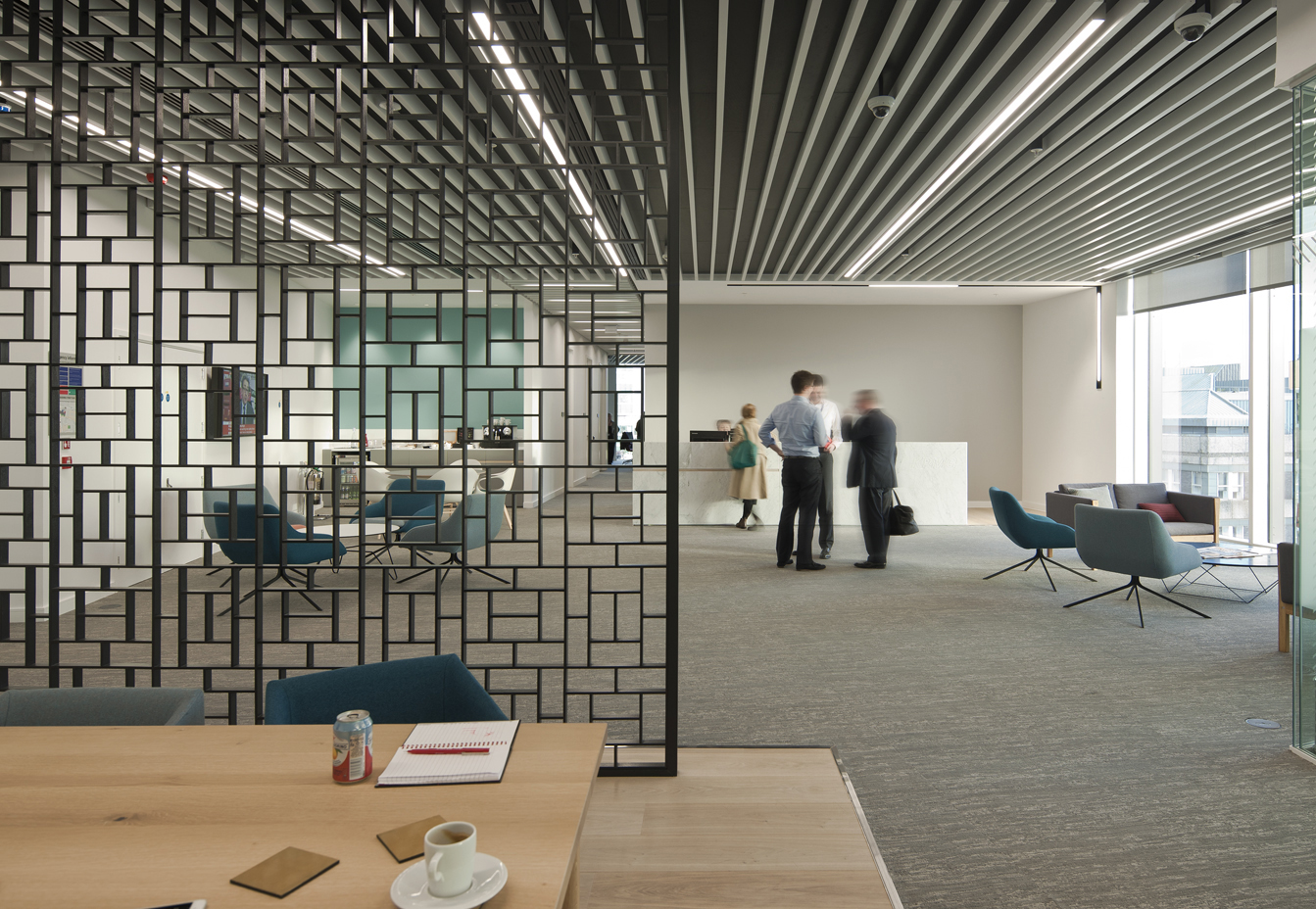
Project Images: KPMG, St Vincents Plaza, Glasgow. Design by Michael Laird Architects. Photo Credit: David Balfour
“Different people need different things from their workplaces, and without the separation of work from home that dedicated workspaces allow, there is a real danger of being too accessible.”
– Peter Kerr
Workplaces perform several various roles – not just work
Without the boundaries between work and home that a physical commute provides, the panel recognised that many people are struggling to switch off from work and that the lines between work and home life are becoming more blurred. Longer hours are being worked in many cases, and people are even starting to feel they can’t take time off or be judged or criticised for not being available at all times. Being in a place of work acts as a kind of validation, which is harder to establish remotely.
The panel discussed the idea that an individual's needs from a workplace will vary depending on several factors; role, sector, managerial responsibility, and personality. Similarly, there will be varying requirements for social interaction. We must remember that, especially for younger professionals, the workplace is more than just an office; it’s a social environment as well, an ongoing networking opportunity, and a learning and development hub.
Hazel pointed out that whilst technology has risen to the challenges of remote working in many ways, for creative collaboration and design sprints, nothing beats the in-person experience. While some roles require a great degree of independent work and focus, others need group work and creative energy.
As Peter said, “The workplace is designed for work but the home is designed for relaxation. From the accessibility of amenities to team collaboration and company culture, some elements of the workplace don’t necessarily suit everyone or translate well to remote working.”
Therefore, recognising individual needs is crucial when considering the future of workplace design and workspaces' role — flexibility and multiple-use potential will be critical.
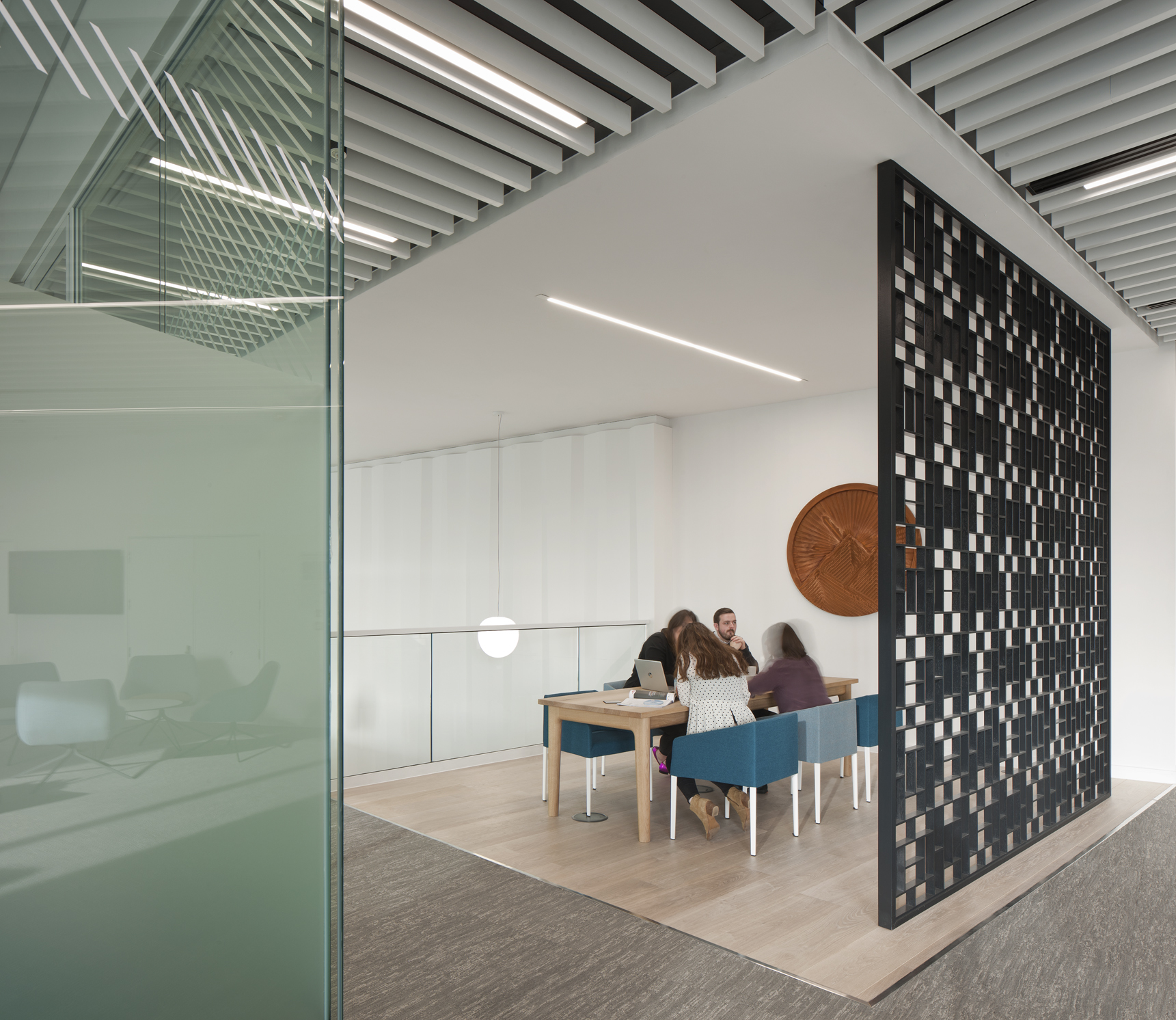
“Clients are now asking, what can’t we do from home? We need to redefine the role of offices and why they are still important.”
– Hazel Pearson
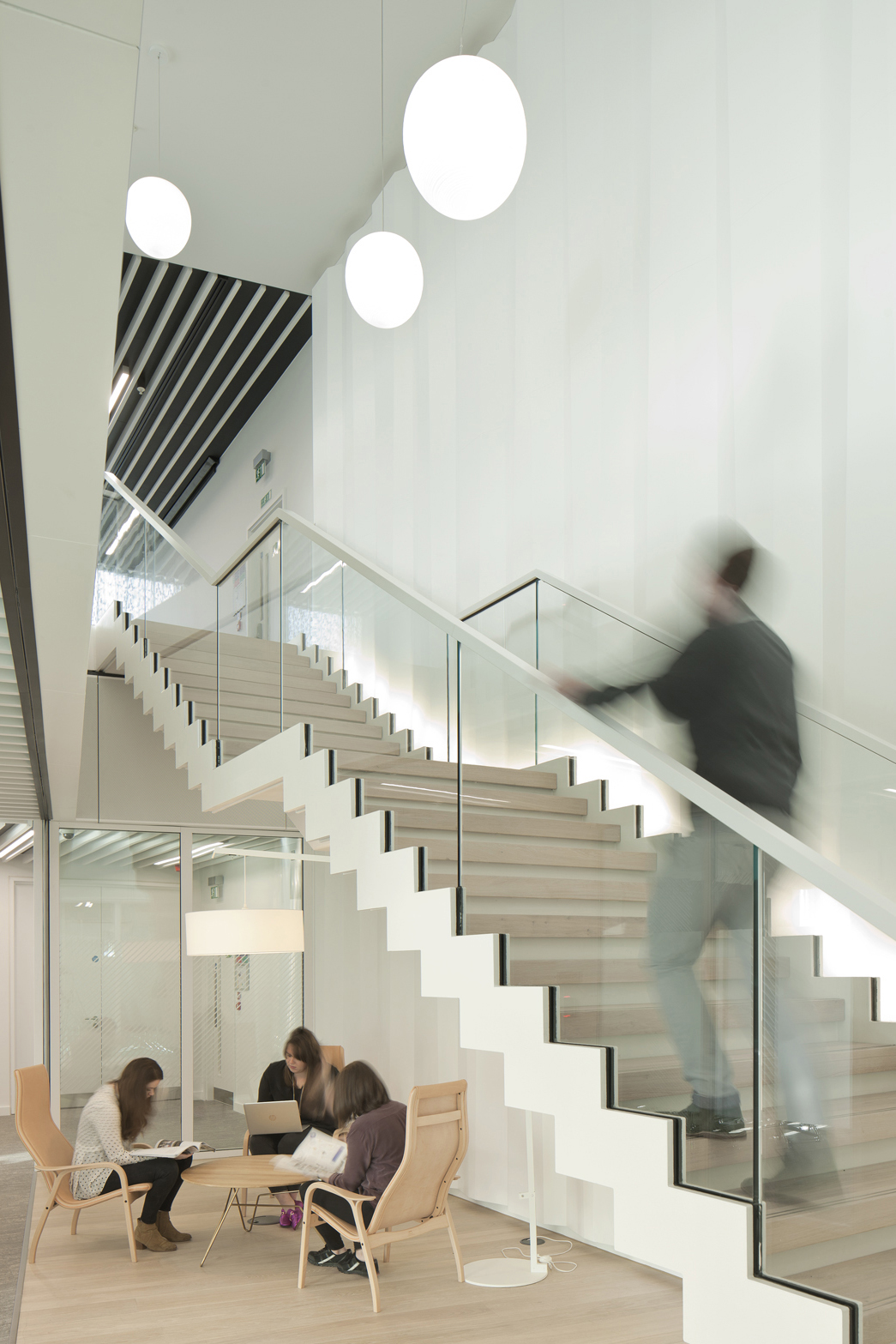
Addressing what workers will expect from workspaces on their return to work & beyond
The office still has a place for companies, the panel agreed, but its role should be examined further. Occupiers are asking for a more data-driven approach to how people use space and how that space can be adapted for various purposes. There is also a growing focus on sustainability and wellbeing, and wellness.
Given the wide-ranging needs of individuals from their workspaces, the panel was unanimous in their opinion that workplaces will need to be more flexible in future, offering a variety of spaces and environments.
Hazel pointed out that if people will potentially occupy offices for less time on a flexible basis, then how they use that time becomes more critical. Offices will need to provide a “service” in a sense and a “curated experience”, enabling teams and individuals to make more of their time, access collaborative and creative joint spaces, and allow quieter focus areas for more intensive individual output.
She said, “We’re likely to be looking at moveable clusters of spaces with the right furniture in quiet or active or social areas, but also considering how departments are split across space – how do you get cohesiveness if you can work anywhere? These are all questions that occupiers have to consider.”
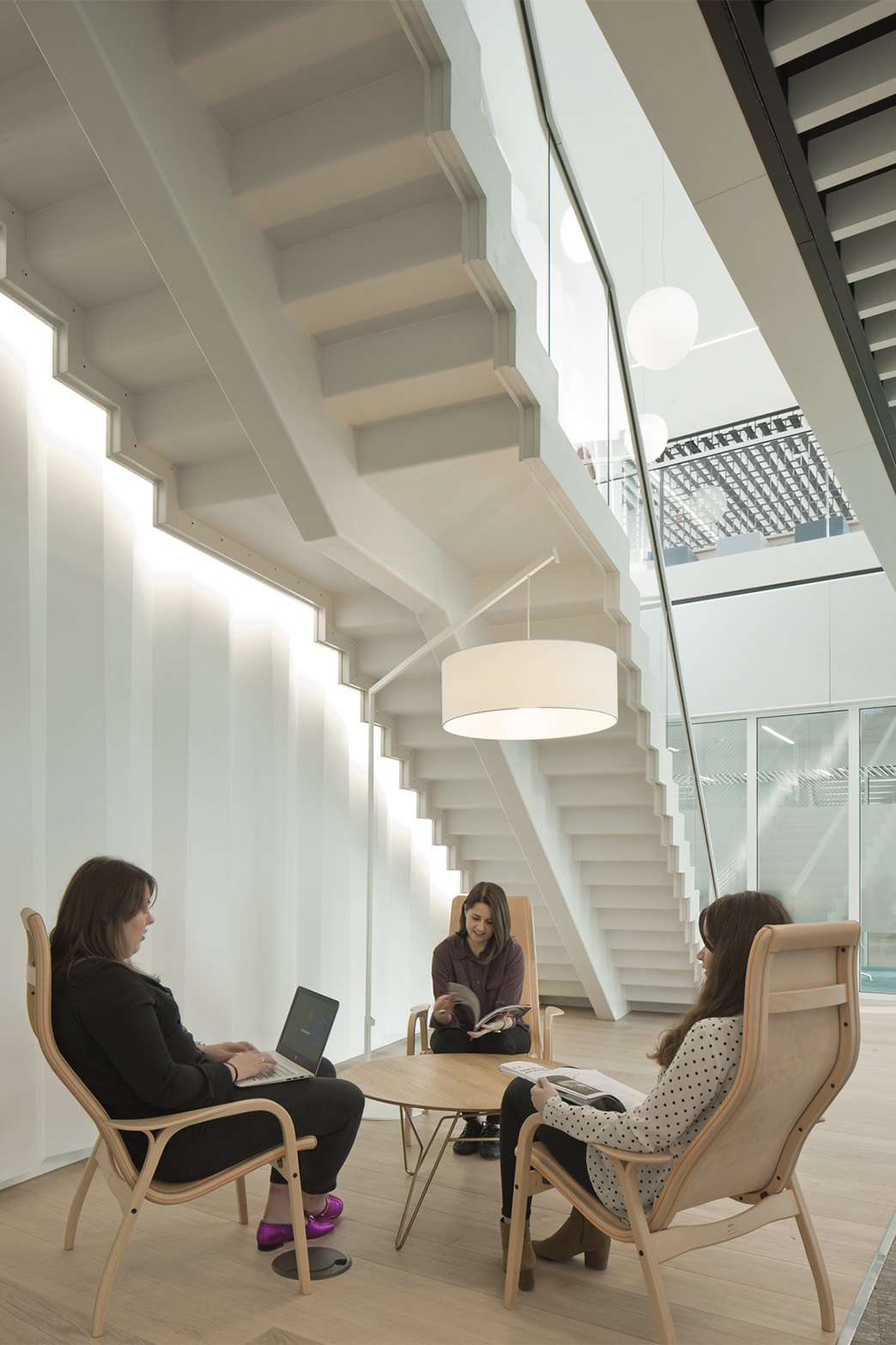
Performance reviews, one-to-one contact, team building, design sprints, mentoring and coaching are all more straightforward when people occupy a shared physical space. Perhaps this is the primary need for offices. But focused areas would also be required, and not everyone has that opportunity at home.
As Michael addressed, many organisations have had something of a knee-jerk reaction, making their workforces operate from home not just for their health and safety but also as a money-saving exercise. He is adamant that this blanket response is not the answer either.
In the shorter term, people returning to work post-COVID will have a new set of expectations and needs that must be met to minimise health risk, anxiety and disruption. Every panel member acknowledged that there would be varying degrees of worry and concern among workers returning to shared workspaces after prolonged periods of working from home. The transition could be problematic.
“Technology can be used to create healthier environments, reduce touch and monitor interaction, and we are working on some incredible new developments.
Education is critical – people don’t know what options are available, so they don’t know to ask for them.”
– Peter Kerr
Wellness in the built environment
Health and safety will be everyone’s immediate priority, and therefore the touch-free office experience has come under the spotlight. Longer-term, Peter referenced significant technology advances that will enable a completely touch-free movement through buildings, from virtual concierges and pre-programmed lifts to voice-activated coffee machines and automatic, anonymised track and trace monitoring of movement and interactions.
“This is all technology that is already available,” he said. “It’s easier in new builds, but it is quite possible for older buildings too. The bigger issue is education. People don’t realise these things are achievable, so they generally don’t ask for them.”
Ventilation remains a big focus, not only for disease control but also for longer-term climate change. Peter mentioned smart technologies emerging to analyse air quality and advances in ventilation system mechanics, increasing the amount of natural air in a building.
The panel also noted that surface contamination was of particular concern with COVID-19 specifically, perhaps heralding more use of naturally non-porous materials and antimicrobial treatments for enhanced hygiene, as well as the inescapable issue of human interaction, which seems to be the factor inducing the greatest anxiety in people returning to work. In the short term, that could mean some significant changes to working patterns and occupancy, potentially signalling a longer-term shift in working habits.
“Occupancy density will need to reduce to enable social distancing and alleviate anxiety,” said Peter. “In some cases, that could mean the traditional hours of 9-5 become obsolete and more shift patterns emerge. There could also be seasonal fluctuation in office work, with more people in the office during summer months when more natural air can be circulated, and fewer in winter when it’s colder and when there are more viruses spreading.”
Wellness in the built environment is an important subject that occupiers can use to help encourage people back to workplaces, ease anxieties and even attract new staff. Of course, the developers can use those benefits to attract tenants and so on. And as Peter says, technology has a big part to play in that.
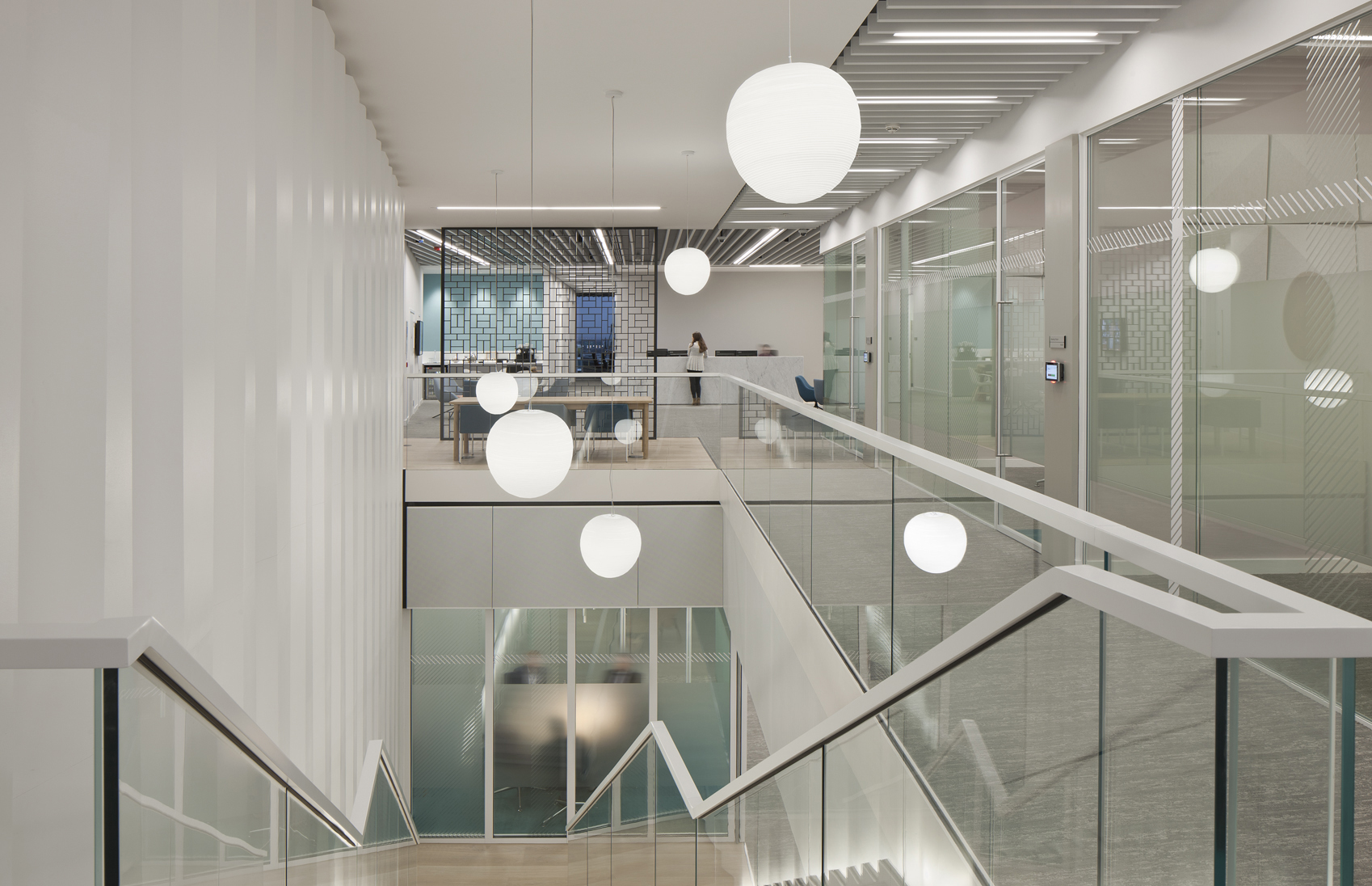
“We have the technology to analyse every aspect of the workplace, from physical movement around buildings to communication platforms. What’s crucial is to use those learnings to inform design, layout and functionality to make workplaces that appeal to more people and can flex to suit different purposes.”
– Peter Kerr
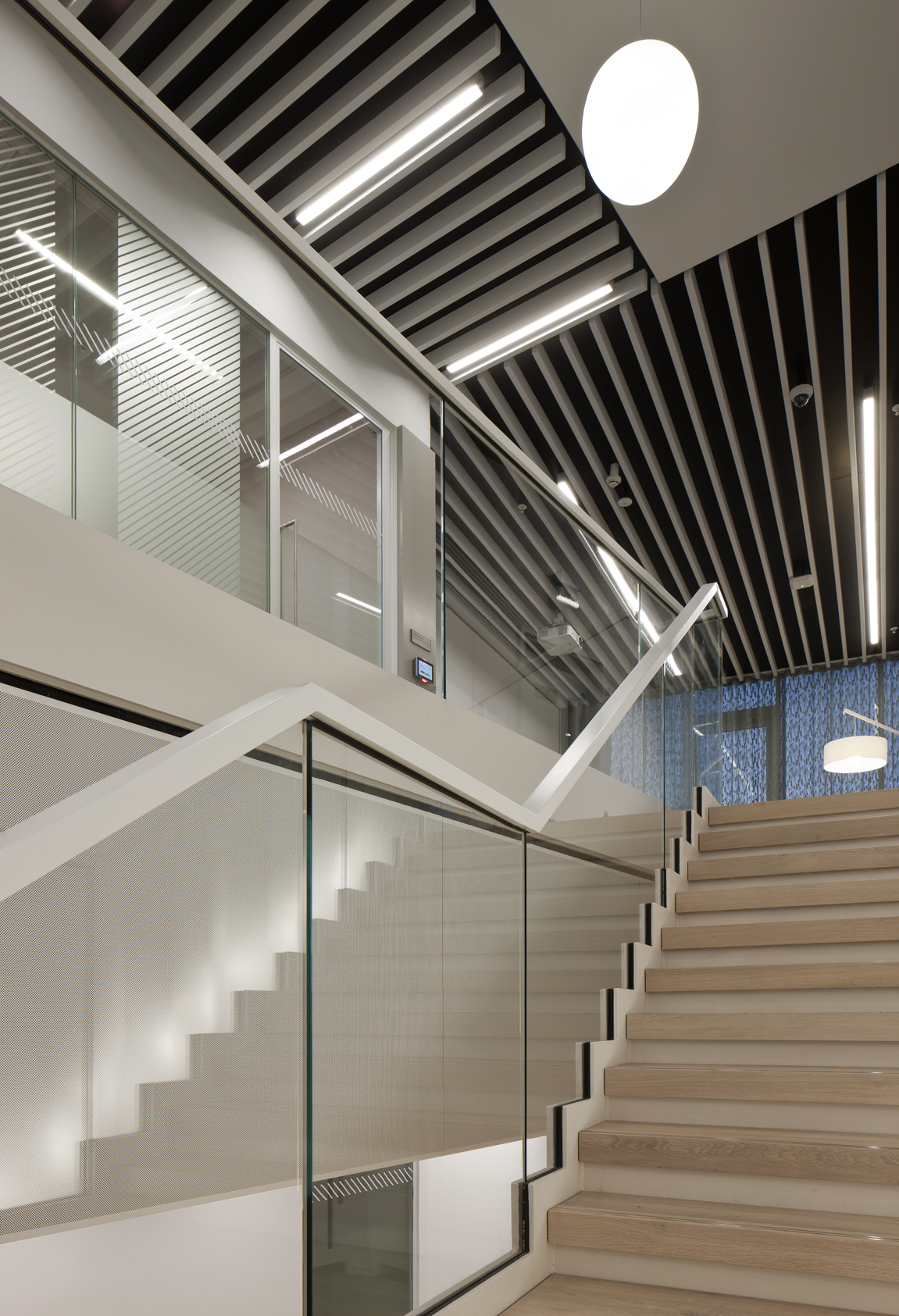
The role of technology in creating future workplaces
Technology has been something of a hero during the pandemic, and Peter outlined how it has transformed the ability for global collaboration within organisations. This has had a hugely positive impact on carbon emissions thanks to reduced travel and commuting, so some undeniable positives come from the pandemic, allowing us to rethink how things are done in the future than reverting to pre-COVID practices by default. It has never been easier, according to Peter, to access specialist resources within our organisations or to find smaller periods of focused time with clients – it’s much easier to jump onto a Zoom call than to catch a flight for a meeting.
Just because many of us can perform our roles from home, though, it doesn’t mean that it’s the optimum solution; but the technologies that have enabled it will remain a part of our working lives.
Smart technologies are evolving fast, as Peter reported. “This allows us to track and analyse the patterns of movement around the buildings – what direction, congestions in spaces, so you can identify opportunities for improvement. And it can be anonymised, so there’s no issue with data protection.”
And as Hazel referenced, this data-driven approach is becoming a more frequent conversation with occupiers and companies seeking to apply the insights into designing more efficient spatial flow and usages. Add to this the emergence of more online and AI-based development and coaching tools, and it’s clear that technology has a significant role in reimagining the workplaces and work cultures of the future.
“The pandemic has given us an opportunity to fundamentally rethink things, to look at how communities can make better use of spaces and share resources, rather than simply racing to return to “normal”.”
– Hazel Pearson
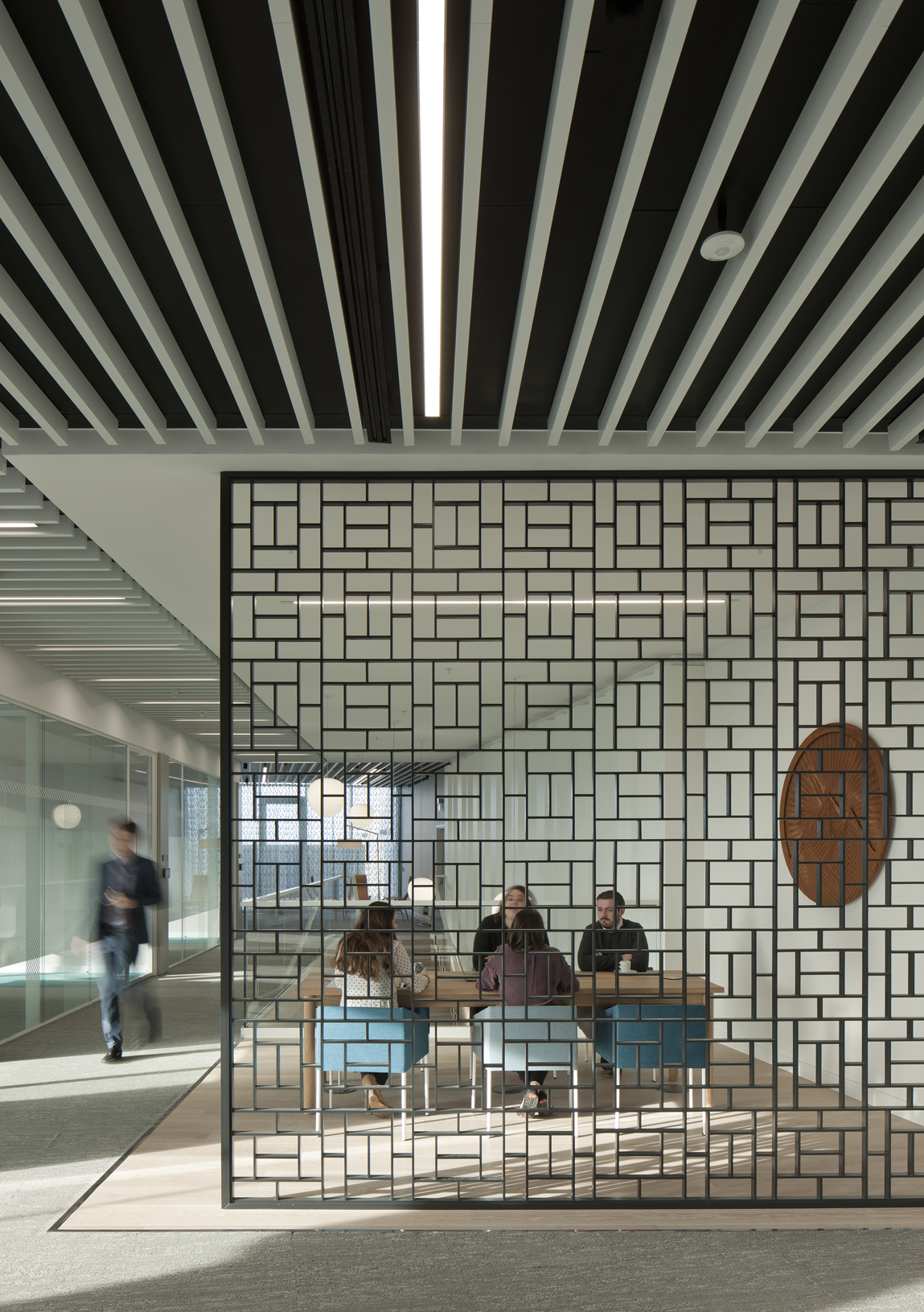
A shifting perspective on the use of business spaces
With fewer people occupying office spaces and shifting priorities from workers, companies are forced to re-evaluate the spaces they occupy.
Hazel said, “We’re seeing a lot of consolidation of spaces with larger organisations, wanting to reduce their space, especially given the uncertain economic climate, and there is a lot of discussion around the different uses of office space and how that might change over time.”
There has been a lot of discussion around the “hub and spoke” model of offices, whereby there is a central headquarter hub, usually in a city centre location, with various “spoke” offices situated elsewhere to perform other functions, acting as a more localised network of spaces, making more of existing retail spaces or outlying areas. Hazel suggests this could be a growing trend.
Thanks to the technologies which have enabled remote working, there is potential for offices to relocate to more rural locations to promote wellbeing. However, there is still a question around proximity to amenities. Traditionally businesses are located close to amenities, and a lot of investment is focused on city-centre locations, so it is unlikely, according to the panel, for a widespread move away from cities and towns, and rural infrastructure and public transport is unlikely to be able to support a significant move. As with all aspects, though, it will come down to what suits the sector and the individuals within a company. Businesses will be raising location and office space on the agenda for both cost-optimising and the wellbeing and productivity of workers.
As the panel pointed out, the very fact that these conversations are now happening more frequently is a change in itself and an indication of the shifting priorities that the pandemic has expedited.
There is also a growing appetite for sharing spaces in communities, making more of the areas available, and sharing knowledge and opportunity across various organisations. New collaborative opportunities are opening up all the time, from hospitality venues and sports clubs opening their doors for flexible workers and companies to more formal partnerships between businesses and universities to share their spaces, cultures, knowledge, and activities.
“Many opportunities have come out of this crisis,” said Hazel, “It’s up to us, and our specifiers and occupiers, to embrace that and make the most of it.”
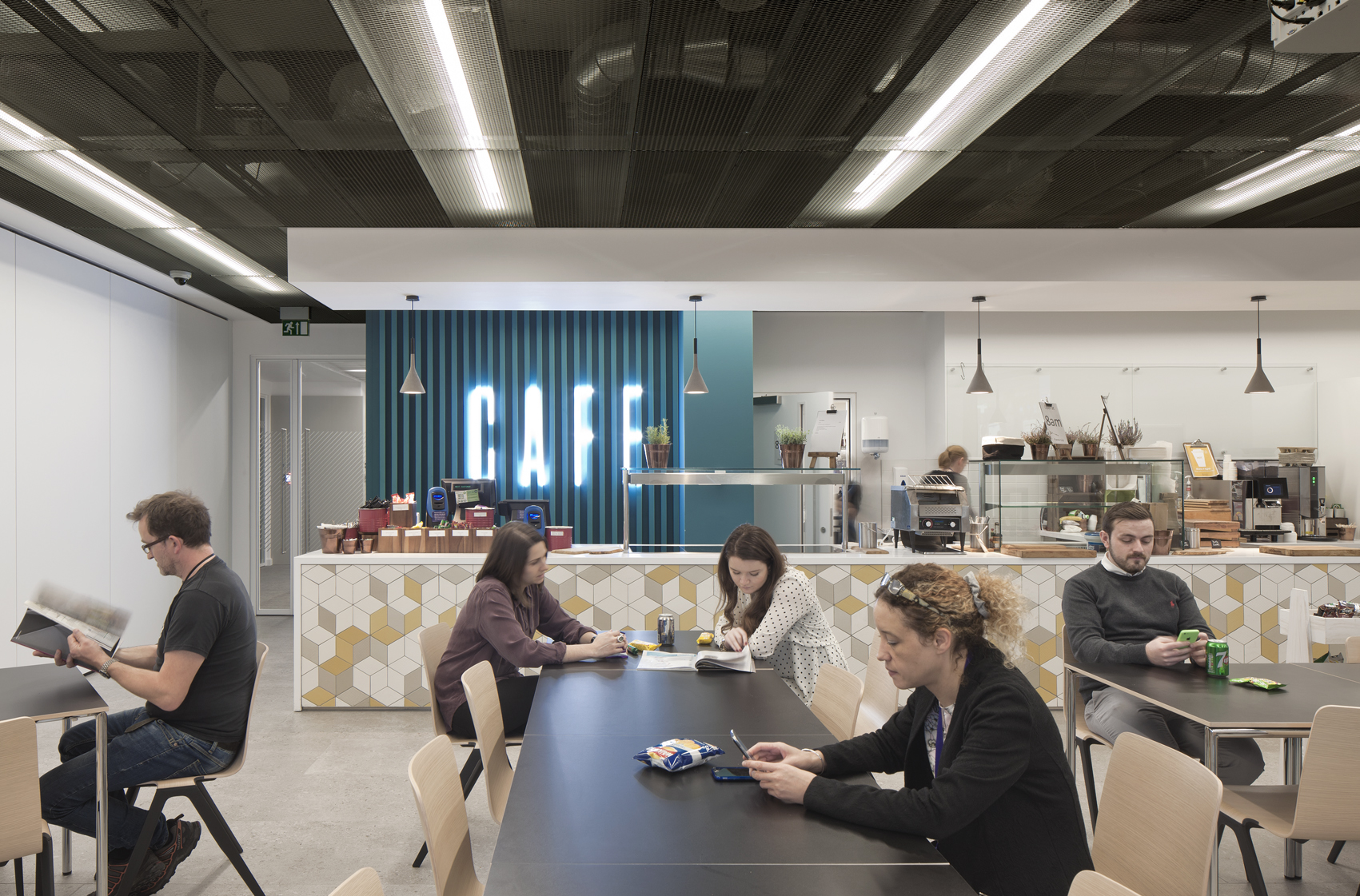
The impact of long-term home working on residential design
“As we all spend more time working from home, we’re all realising the issues of cabin fever.” Hazel Pearson.
The panel pointed out that with attitudes towards flexible and remote working fundamentally changing throughout the pandemic, working from home is likely to remain an option for many people in the longer term, which means that when considering the future design of workplaces, that should also incorporate the home.
I think there has to be a change in residential priorities,” said Hazel. “Things like more generous space, smaller study spaces, the importance of outdoor space, more zoning within homes to allow separation between work and home – there is bound to be a knock-on effect not just in terms of home design, but in terms of what people value most about where they live, and what they look for in residential spaces.”
There could also be an impact on the build-to-rent sector, which has traditionally been focused on proximity to work locations and local amenities. The panel was undecided on exactly what that impact might be, but with adaptation in city-centres becoming more common and a great deal of uncertainty about the high street's future, it’s likely that there will be a knock-on effect on residential areas and the build-to-rent sector.
“There is a moral and social responsibility around sustainability. We shouldn’t be waiting for legislation to tell us what to do – as the designers and experts in the industry, we should be leading the charge.”
– Michael Gallacher
Sustainability must remain at the top of the collective agenda
The panel agreed one of the biggest positives in the last year is that sustainability has risen to the top of the agenda; it has evolved from a “box-ticking exercise” into something that people believe in and is now at the forefront of every industry’s strategy.
As Peter said, “Sustainability isn’t just seen as doing the recycling anymore. It’s much more far-reaching, incorporating long term climate change, adaptability and minimising our use of natural resources. The approach to how we design buildings have got to change to meet the NetZero targets fundamentally, and that’s going to require a great deal of collaboration and innovation.”
As more organisations join the sustainability cause, so ethical decision-making becomes more normalised, even with investors. End-users and occupiers are now demanding environmentally friendly options, so everyone needs to collaborate to meet those expectations and play an active role in reducing carbon emissions and promoting sustainable sourcing and practices.
Michael reinforced this idea, saying, “As a developer, if you have a space that’s doing these things and your competitors aren’t, that’s very attractive. As Hazel has also said, necessity creates the opportunity for innovation.”

“Younger people are missing opportunities for networking and mentoring, seeing how different disciplines work. There is a responsibility for the more experienced staff to make an effort to check in and know the right questions to ask.”
– Hazel Pearson
We must all focus on the future in its broadest sense, including the new generation of workers
The panel agreed that one of the most worrying things for the future is how to develop younger workers when it is notoriously difficult to build a sense of trust, culture and teamwork.
“Young people could easily be getting lost in organisations,” said Michael. “It’s not easy to know who to ask and how to network and learn new disciplines. It’s one of the biggest risks for remote working and really needs careful consideration by organisations."
According to the panel, staff retention will also become one of the biggest drivers in creating desirable office spaces, with a demand for evolution and flexibility.
As Michael said, “These workspaces will have to incorporate a great deal of flexibility, and will need input from different areas within the business, such as HR, not just finance, taking a multi-department approach to provide the best facilities and environments for staff, and the best configurations of space.”
So the future of workspaces incorporates much more than just the physical spaces we inhabit, and considering that broader picture is vital. Mentoring, culture, and team development are intangible but critical for long-term gain, providing fulfilling work for more people to develop into their potential and raise output and productivity levels. Otherwise, we are left with generations of disengaged people unable to fulfil their potential and left without a voice, and all that collective knowledge, ability and talent could be wasted. We need to create workspaces and dynamics that allow individuals to flourish in the ways that suit them and their organisations best, with more adaptability and flexibility to find a line of best fit for as many as possible.
That amount of change will require massive collaboration between designers, architects, M&E consultants, developers and, of course, end-users. Future workplaces need to incorporate environmental measures to adapt to climate change, evolving use and work patterns, and cultural shifts. Community, reimagined roles and diverse experiences should be able to come together in new ways to find new solutions to the issues we are all facing. Without that fresh perspective and reimagining, we are potentially just going over the same ground, so it’s imperative that new generations are given a voice and an opportunity to play an active role in what’s to come.
This virtual event took place on
Tuesday, 23 February 2021 at 10.30am.
But you have not missed out,
you can catch up with the video recording.
Visit our showrooms
Share this news